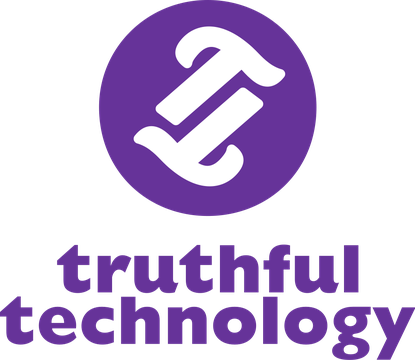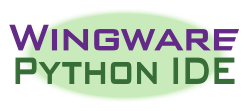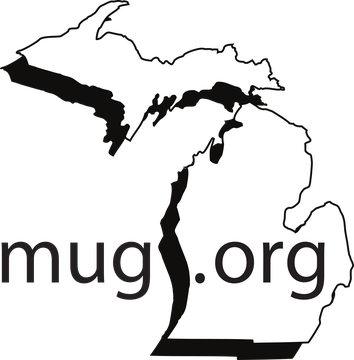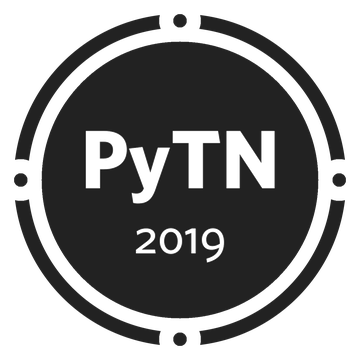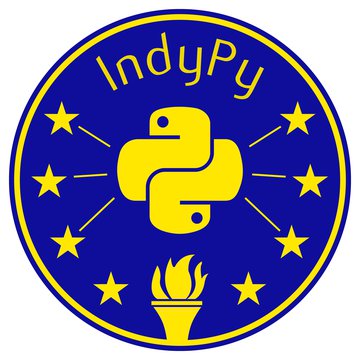How to Build a Plan to Migrate to Python 3
By
Philip Semanchuk
Python 2 will no longer be supported past 2020, yet many organizations still haven't made the switch to Python 3. This talk is for anyone facing a 2-to-3 migration that they'd like to feel more confident about. Attendees will leave with the outline of a migration plan, some suggested focus areas, a knowledge of helpful tools, and links to resources they can use after the talk.
Saturday 2 p.m.–2:45 p.m. in Hays Cape
Many organizations haven't yet made the switch to Python 3. Time is running out for them since Python 2 will no longer be supported past 2020. Organizations with larger projects to migrate will need to start very soon in order to meet the deadline.
Migrating from 2 to 3 can seem overwhelming, but it doesn't have to be if you make a plan, take it step by step, and use the right tools. What's more, there's a great deal you can do immediately (while still in Python 2) to make your code more compatible with Python 3.
This talk is for anyone facing a 2-to-3 migration that they'd like to feel more confident about. The talk will discuss five areas of focus -- choosing a Python 3 version, identifying test gaps, reviewing dependencies, prepping one's code for Python 3, and the actual switchover. I'll discuss strengths and weaknesses of the tool caniusepython3 for assessing dependencies. I'll also go into a fair amount of detail on Python's tool 2to3, including how (and when) to use it effectively.
Attendees will leave confident that the migration is manageable. They'll have the outline of a plan, some specific areas on which to focus, a knowledge of helpful tools, and links to resources they can use after the talk.
Philip Semanchuk
Philip Semanchuk (PySpoken LLC) has been developing software in some form or another for over 35 years, and he still makes mistakes. A career as a freelancer has filled his toolbox with all sorts of languages, techniques, and cultural experiences, including two wonderful years in Stockholm, Sweden. Python has been the mainstay of that toolbox since 2007. He is the author and maintainer of [posix_ipc] (https://pypi.python.org/pypi/posix_ipc)
Outside the office, Philip enjoys gardening, kayaking, and performing small theatrical roles. Inside the office, colleagues tend to object.
Philip first spoke at PyOhio in 2016. He has also spoken at PyData, PyCarolinas, and to various Python user groups.




